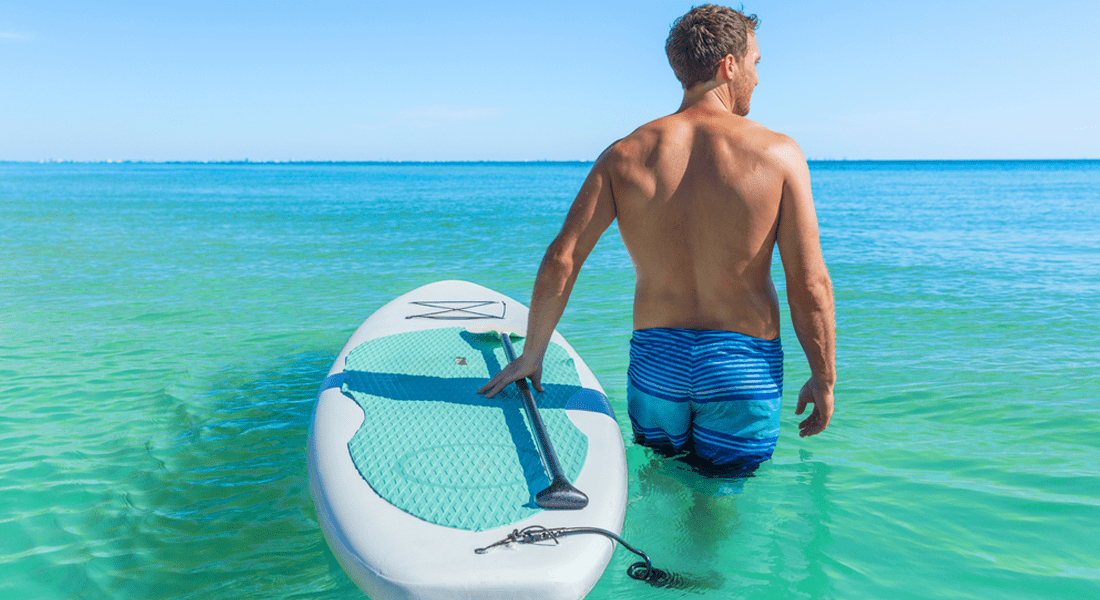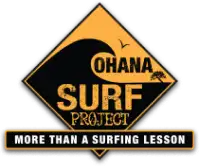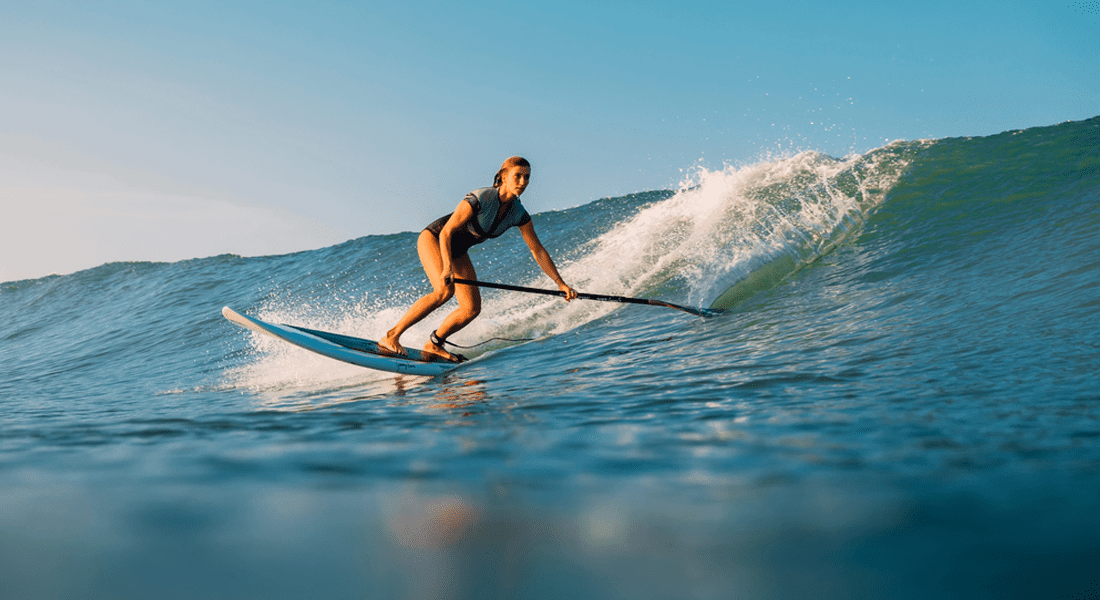
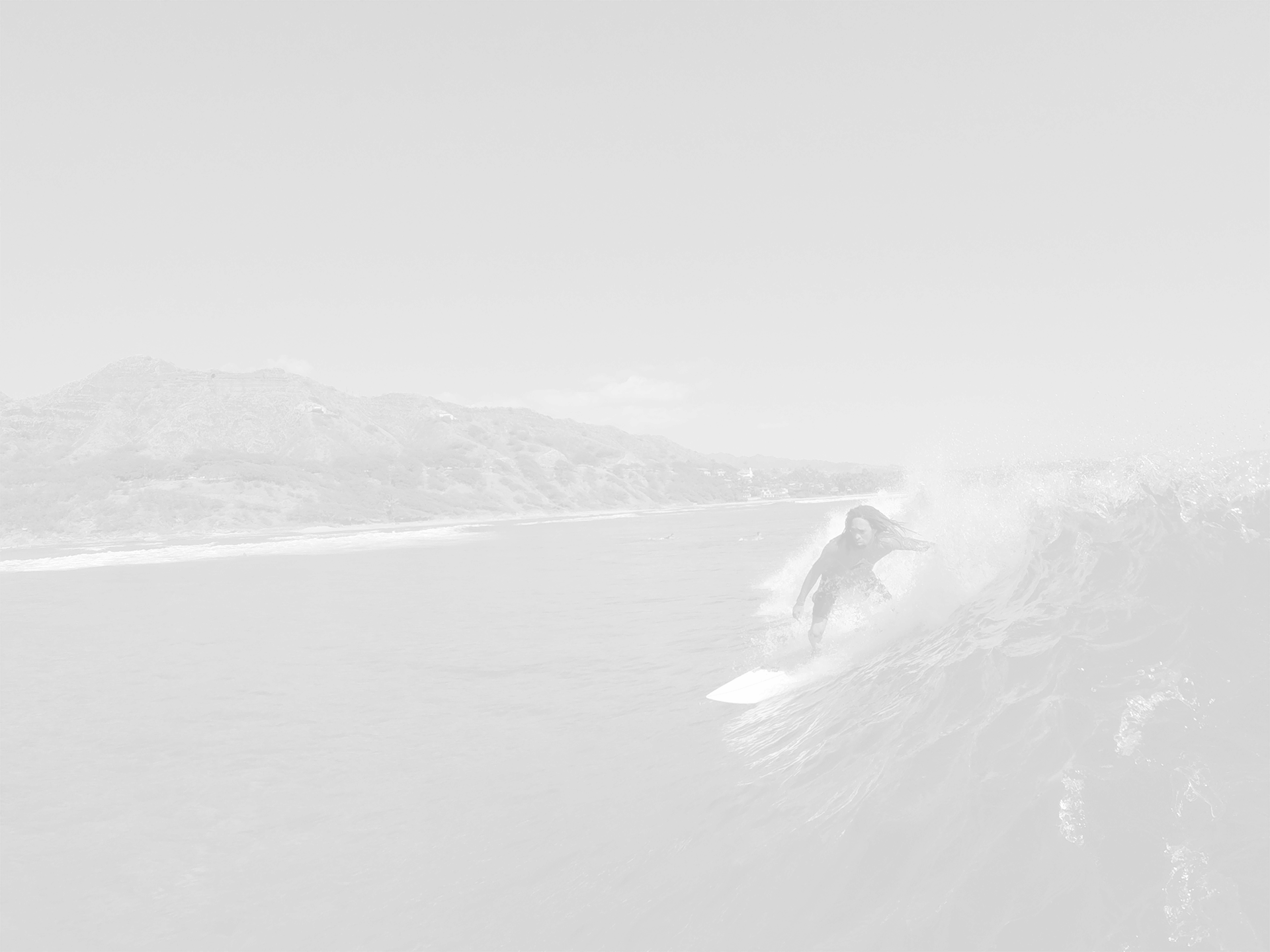
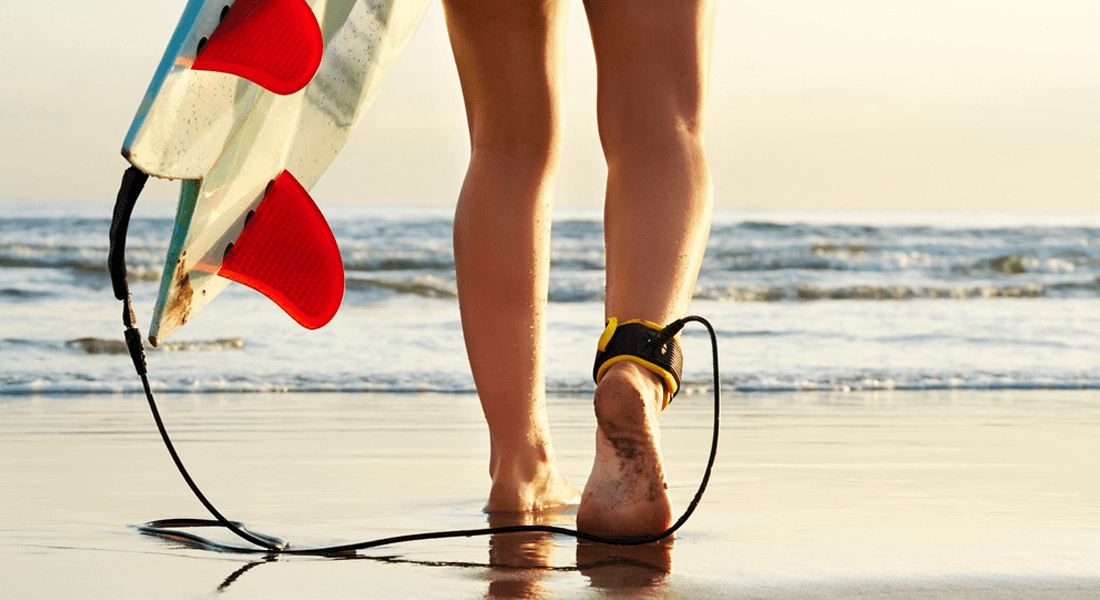

What Size Surfboard Leash Should You Use?
Choosing the right surfboard leash size goes beyond convenience. It affects safety, comfort, and performance in the water. Surfers of all levels rely on their leash to keep the board close after a wipeout and to prevent accidents that could involve others.
Selecting the wrong length or thickness can lead to frustration, lost boards, or even injury. Understanding how to match your leash to your board and surf conditions makes a noticeable difference in your experience on the waves.
Why Leash Size Matters
The leash is often overlooked compared to the board and fins, but it is an important part of your surfing setup. A properly chosen leash lets you focus on catching waves without the worry of chasing down your board.
If your leash is too short, you risk the board snapping back toward you after a fall. If it is too long, it may drag in the water, creating resistance and slowing your paddling speed.
Safety for yourself and others is a major factor. Surfers nearby depend on you keeping control of your board. A board carried by a wave without a leash can cause serious injury. Choosing the correct surfboard leash size provides a foundation for a safer and more fluid surf session.
Matching Length to Board Size
The general rule is simple: the leash should be about the same length as your board. If your surfboard is 7 feet, a 7-foot leash is ideal. If your board length falls between sizes, it is often better to size up slightly.
For example, a 6'3" board can comfortably pair with a 7-foot leash. This extra bit of length helps prevent recoil without creating noticeable drag.
This rule works for most surfers, but your personal style and the type of waves you ride can influence the choice. Surfers tackling heavier conditions might prefer a longer leash for added safety, while shortboarders who focus on tight, responsive maneuvers may lean toward something slightly shorter.
Understanding Cord Thickness
Length is only one factor. The thickness of the leash cord has a direct impact on performance. Thinner leashes, often 5 to 6 millimeters, are popular in small waves or competition settings. They reduce drag and allow the board to move freely. Thinner cords are less durable and more likely to snap in larger surf.
Thicker cords, ranging from 7 to 9 millimeters, are designed for bigger waves or beginner surfers who place more strain on their equipment.
These leashes provide strength and durability, and reduce the risk of breakage in powerful surf. The trade-off is slightly more drag, which advanced surfers might notice while paddling or performing turns.
Learn More About Us

The Role of Rail Savers and Leash Strings
The leash is more than the cord. The rail saver and leash string protect both your equipment and performance. The rail saver, a piece of webbing connecting the cord to your board, prevents the leash from cutting into the rails. A correctly sized rail saver protects your board without adding extra drag.
The leash string is the small loop that attaches the leash to the board’s plug. It might look insignificant, but it needs to be set up correctly.
If the string is too long, the cord itself may not sit over the board’s rail, reducing the rail saver’s ability to do its job. A properly adjusted string helps keep your leash effective and your board safe.
Choosing Based on Surf Conditions
Wave size and water conditions are factors that influence your leash decision. On calm summer days with small surf, a thinner competition leash can give you a lighter, more responsive feel. On winter swells or reef breaks where power and risk increase, a thicker and slightly longer leash is the safer choice.
Beginners often benefit from stronger leashes regardless of wave size. A beginner’s wipeouts can put added strain on the leash, and losing a board during a crowded session increases danger for everyone nearby. Intermediate and advanced surfers usually carry a few different leashes to adapt to varying conditions.
Comfort and Fit at the Ankle
A leash should feel comfortable around the ankle. The cuff keeps the leash secure and padded, preventing chafing and allowing focus on surfing rather than irritation. Quality neoprene padding keeps the strap snug without digging into the skin.
Swivel systems are also important. A double swivel at the ankle reduces cord tangling and twisting. Nothing interrupts a surf session faster than a leash wrapped around your legs while paddling.
Common Mistakes to Avoid
Many surfers make the mistake of thinking any leash will do, only to find out mid-session that the wrong size ruins the experience. Using a leash that is too short makes wipeouts dangerous. Choosing one that is too long creates drag that slows you down and tangles more easily.
Another mistake is relying on a single leash for all conditions. While you do not need an entire collection, having at least two, one for smaller waves and one for bigger surf, keeps you prepared.
Failing to replace an old or damaged leash is another common issue. Sun, salt, and regular use weaken the materials over time. A leash that looks intact may already have hidden stress points. It is always better to replace a gear before it breaks than to risk losing your board during a heavy set.
Practical Examples
Imagine a surfer with a 6-foot shortboard who loves small, playful waves. A 6-foot competition leash with a thinner cord would complement this style, allowing freedom of movement without excess drag.
On the other hand, someone riding an 8-foot funboard in overhead waves would need a stronger leash, at least 8 or 9 feet in length, with a thicker cord for durability.
For longboarders riding boards 9 feet and above, the leash not only needs to match length but also be built to withstand more weight. In this case, thicker cords are often standard since longboards can pull with significant force in heavier surf.
Finding the Balance
The best leash for you balances safety, performance, and comfort. Think about your board length, the typical wave size you surf, and how much drag you are willing to tolerate.
While the basic rule of matching leash length to board size is reliable, fine-tuning thickness and features like swivels, cuffs, and rail savers makes the setup truly your own.
No single leash works perfectly in every situation. Surfers often discover that experimenting with different combinations helps them understand what feels right. The goal is to keep your board close, stay safe, and surf with confidence.
At Ohana Surf Project, we know that small equipment choices add up to a big impact in the water. A properly sized leash makes surfing safer, smoother, and more enjoyable, whether you are catching your first wave or perfecting your cutback.
If you are looking to sharpen your surf skills and learn more about equipment that fits your style, our team is here to guide you. We combine expert instruction with local knowledge to help surfers grow at their own pace.
Contact us today.
OTHER OSP BLOGS


What Size Surfboard Leash Should You Use?
Choosing the right surfboard leash size goes beyond convenience. It affects safety, comfort, and performance in the water. Surfers of all levels rely on their leash to keep the board[...]